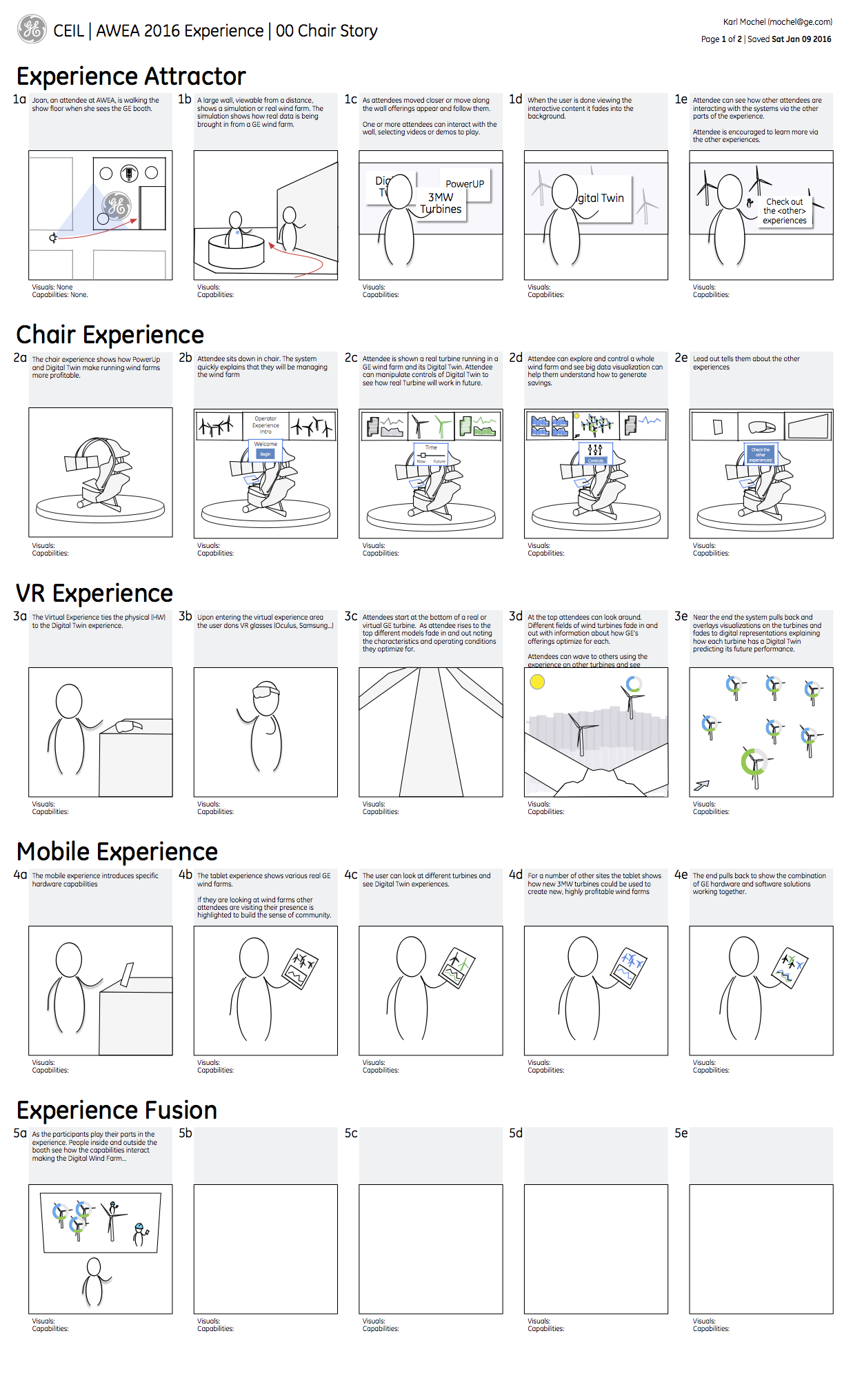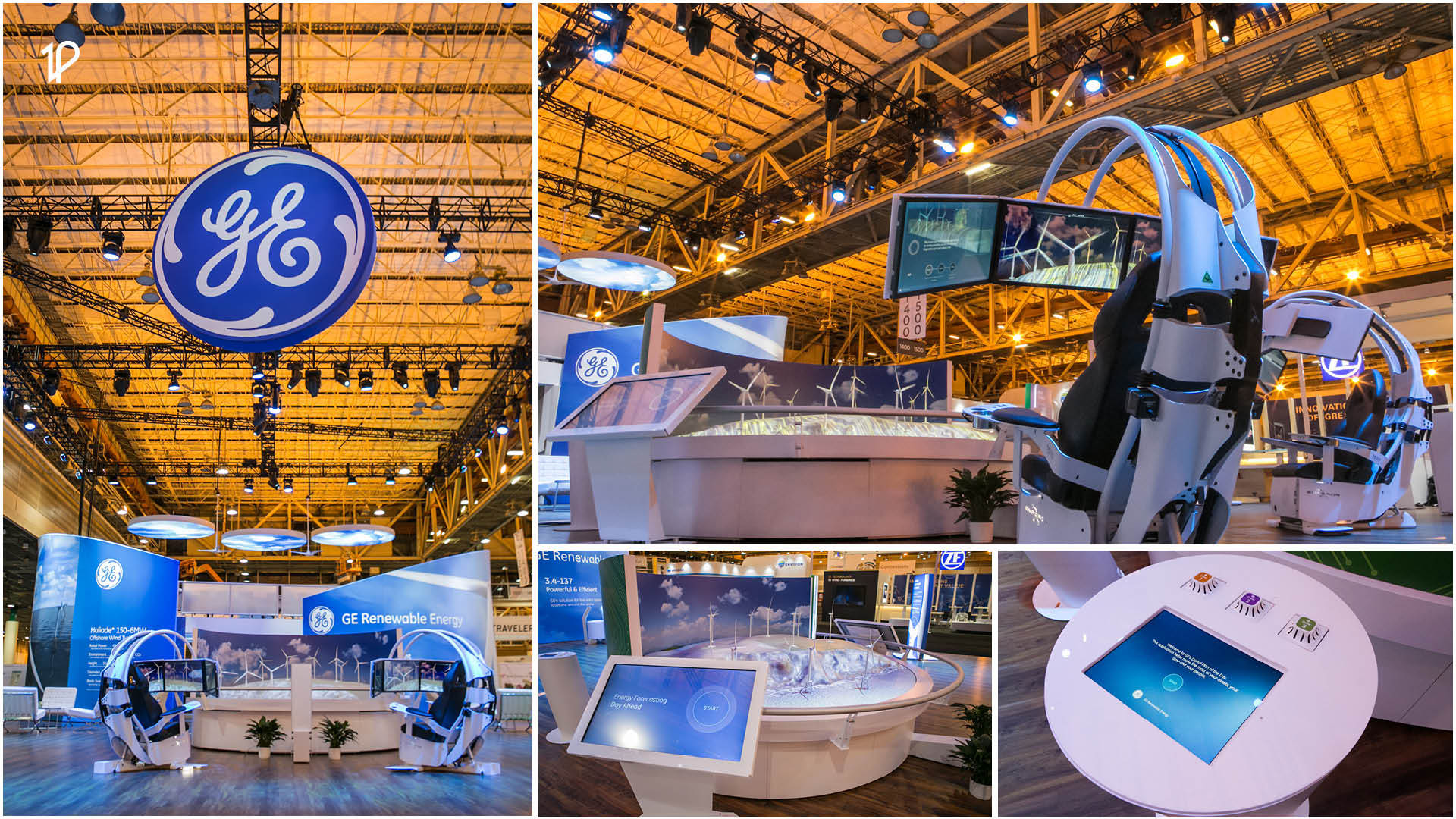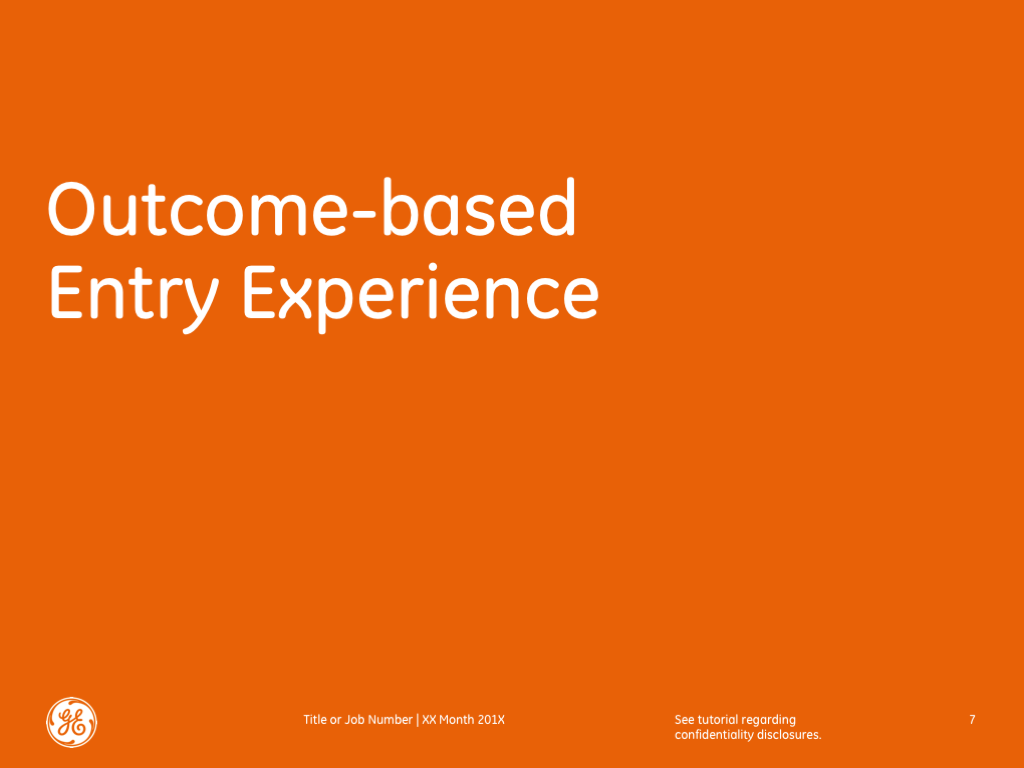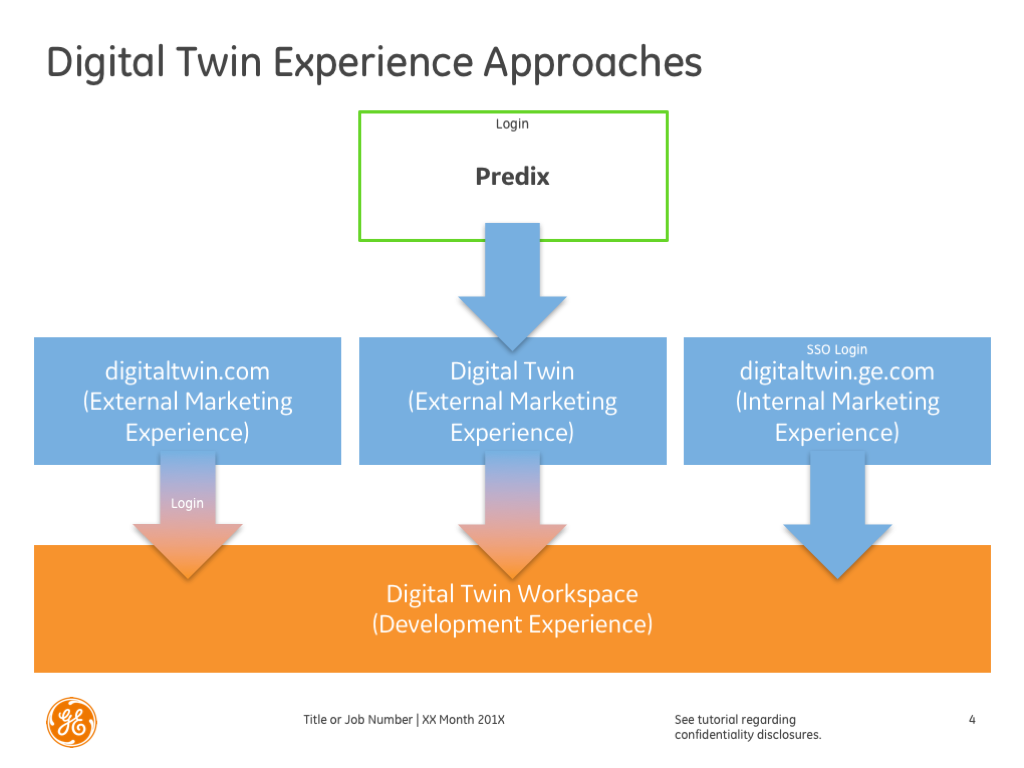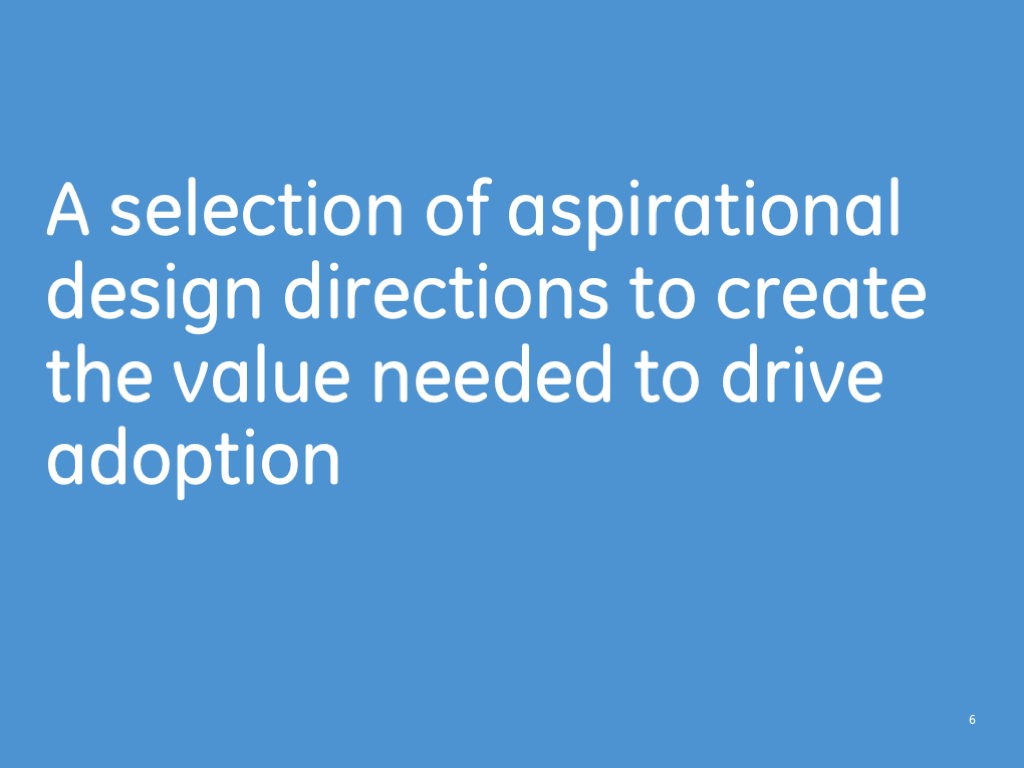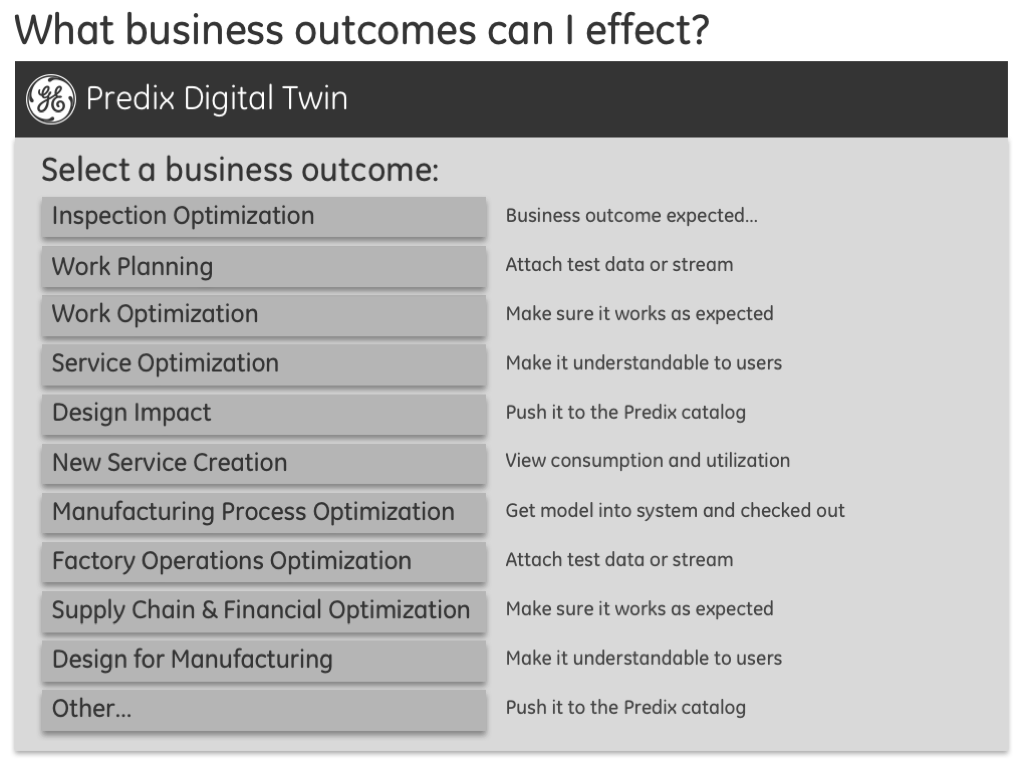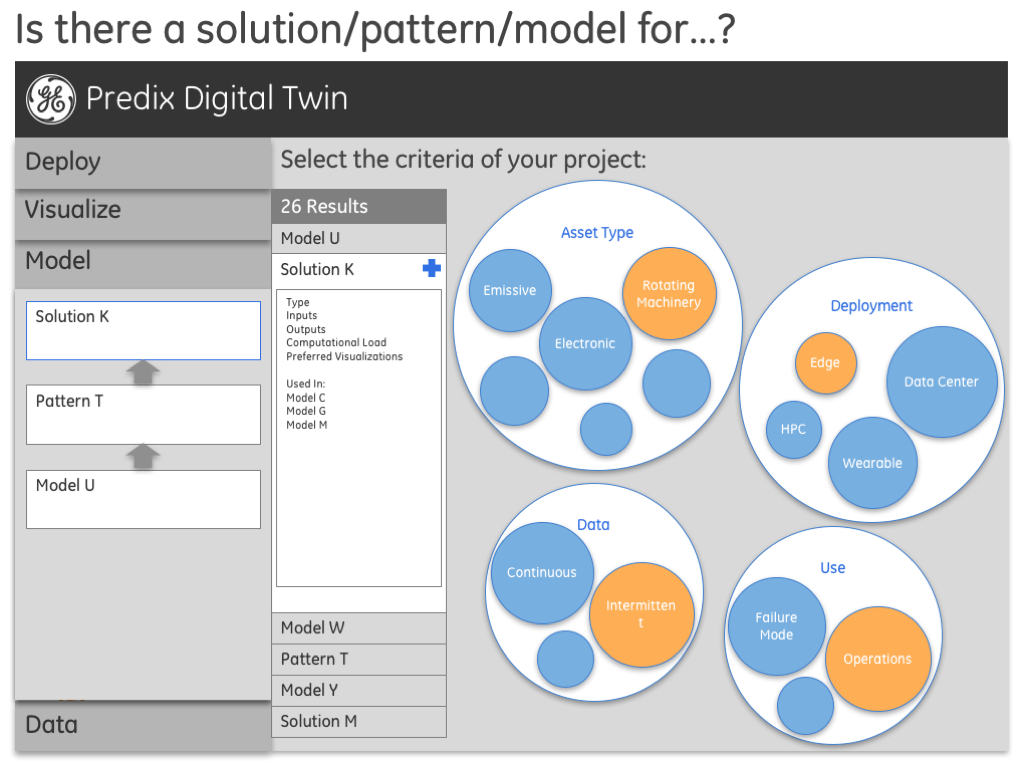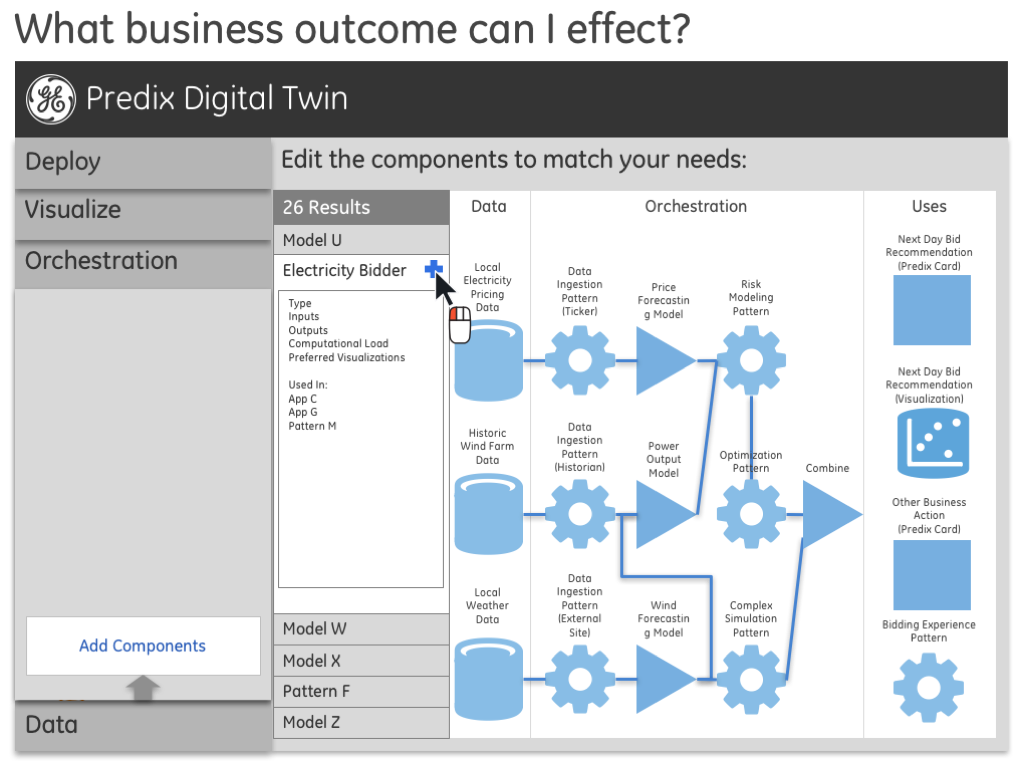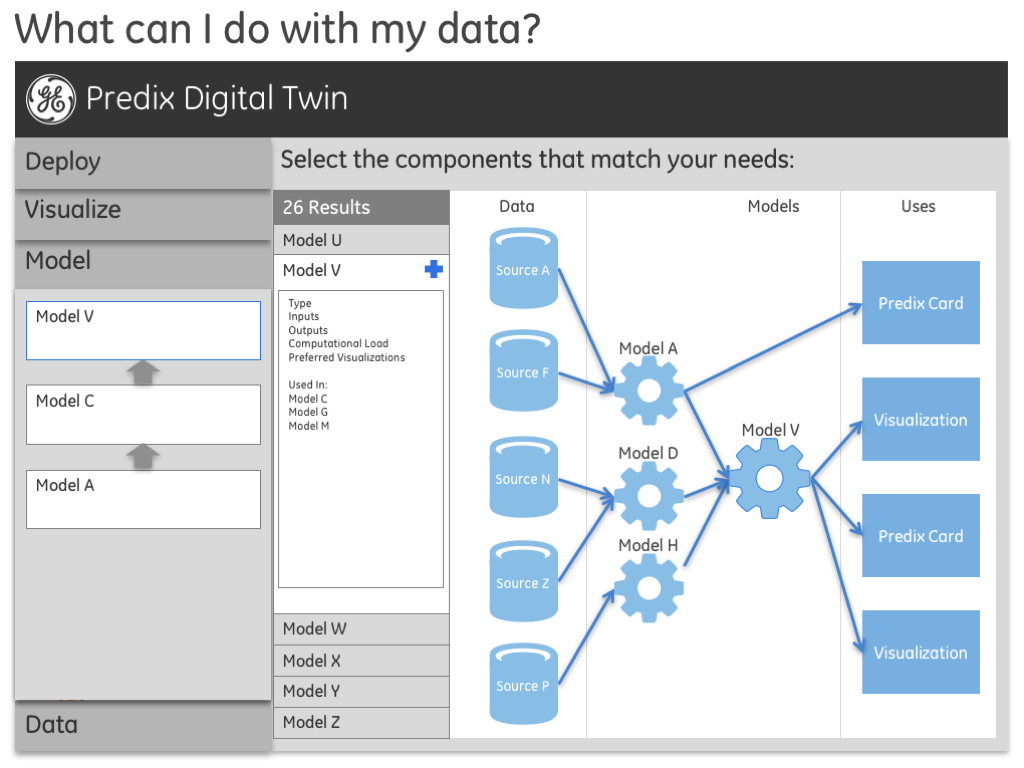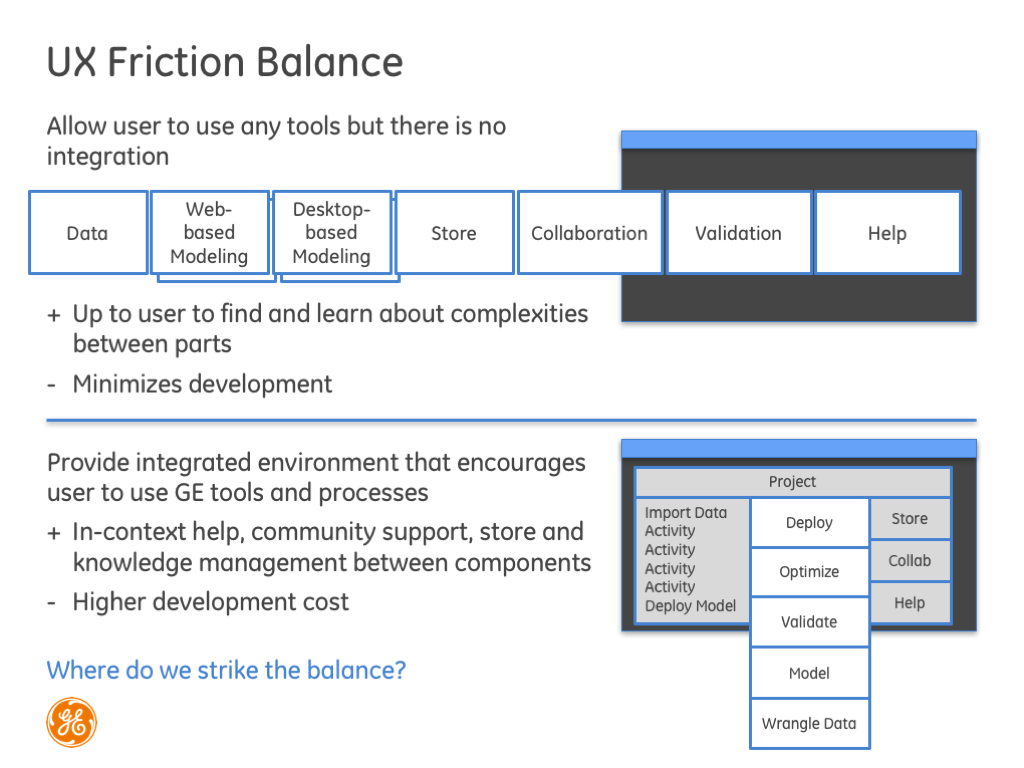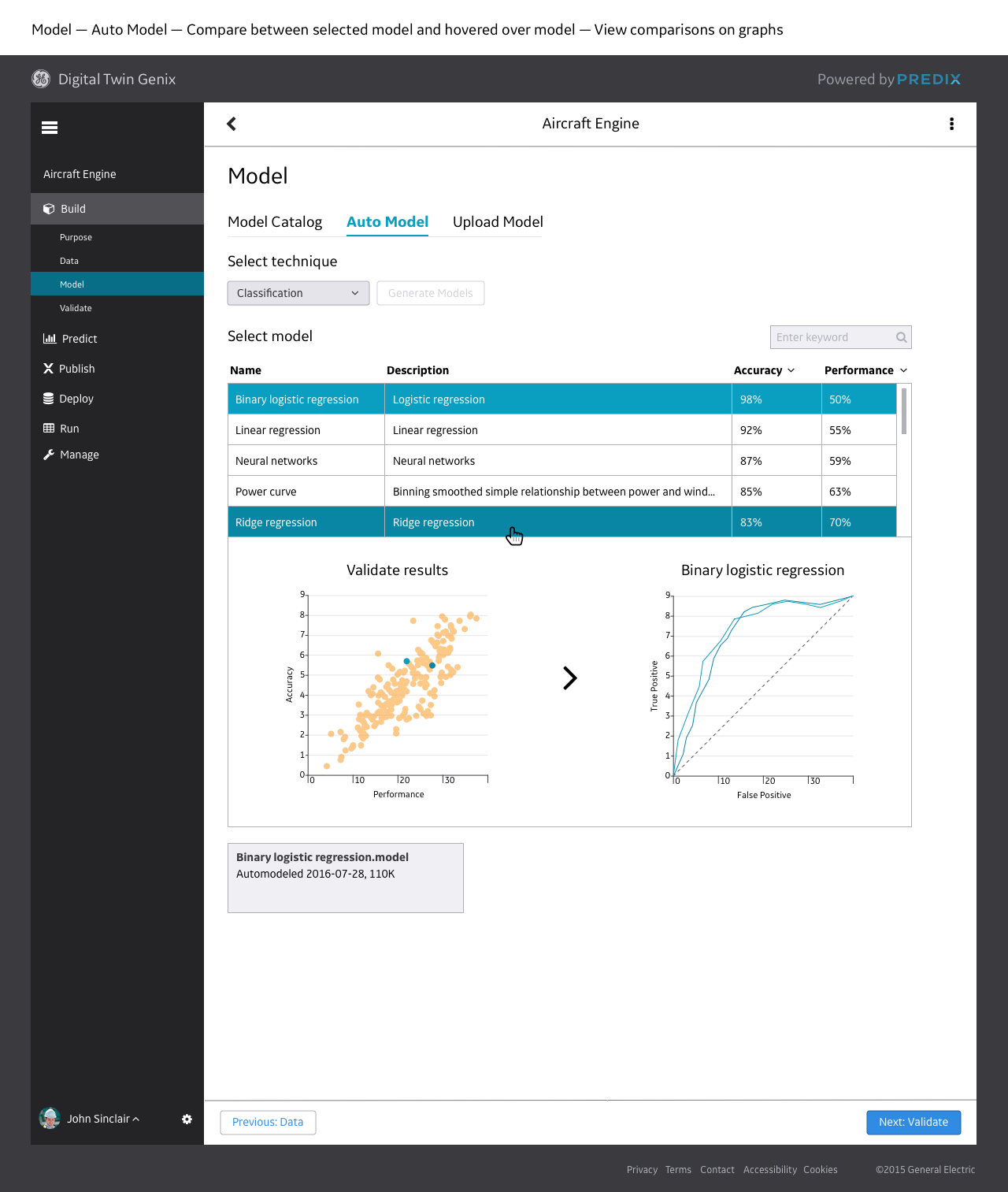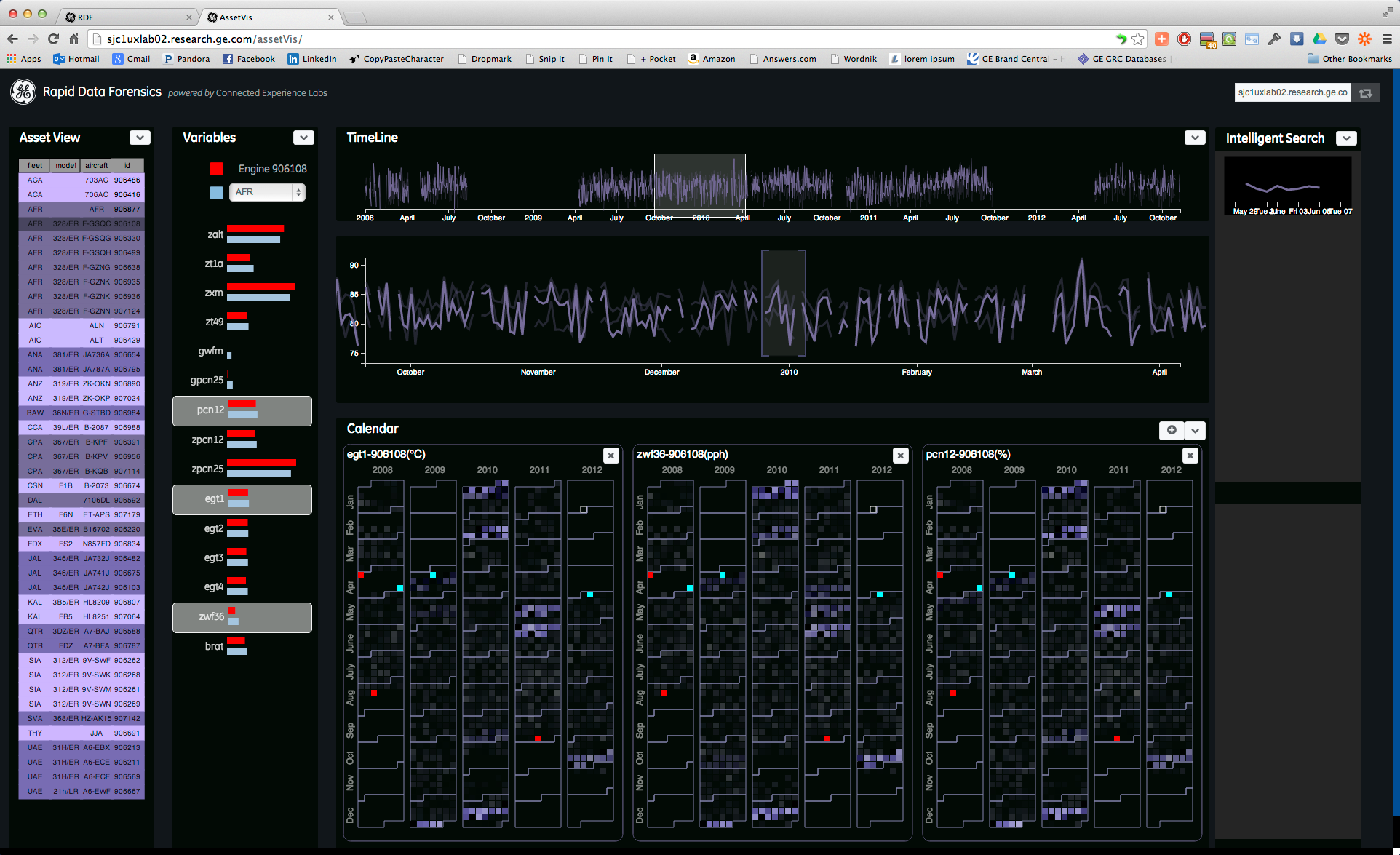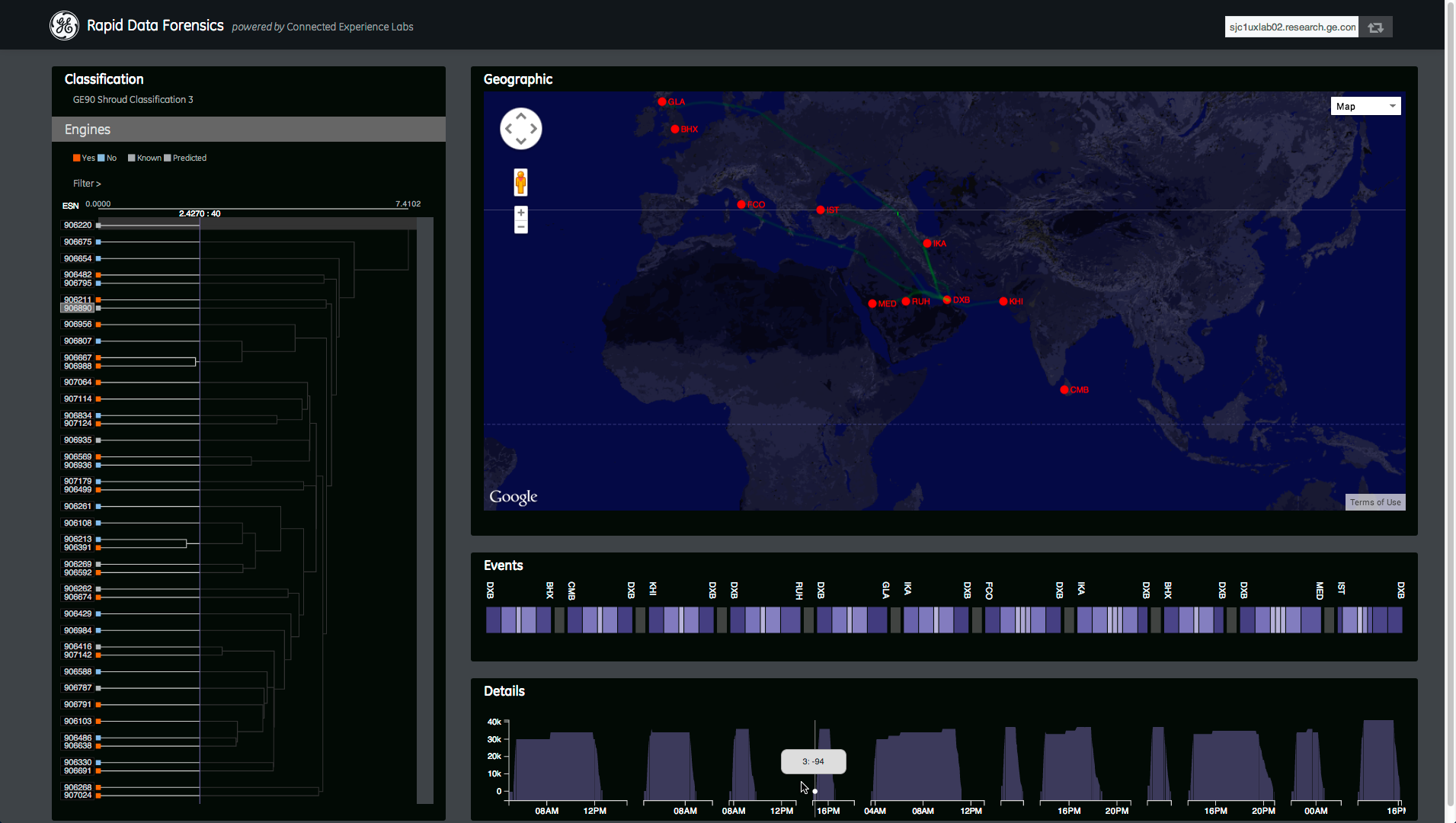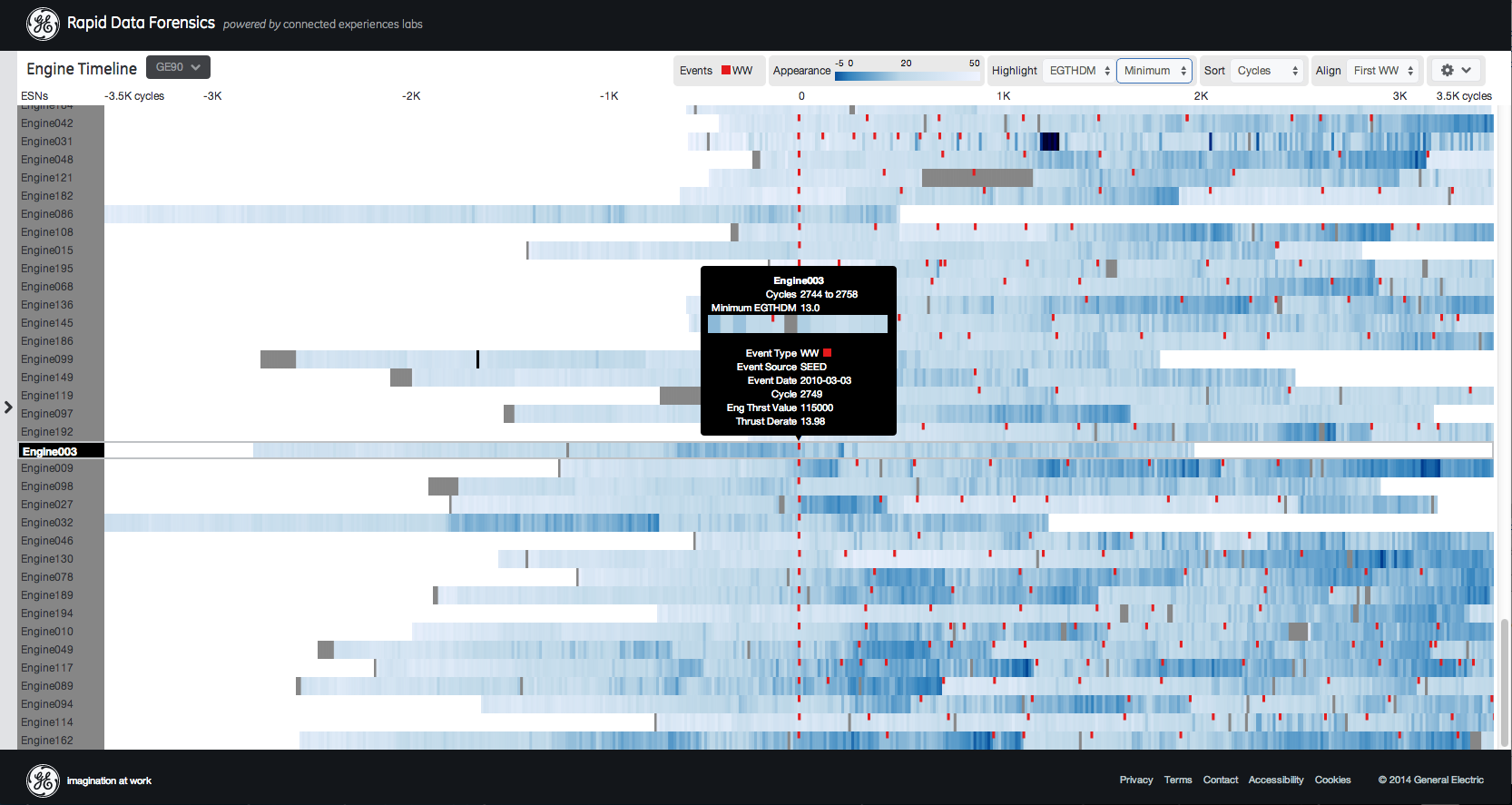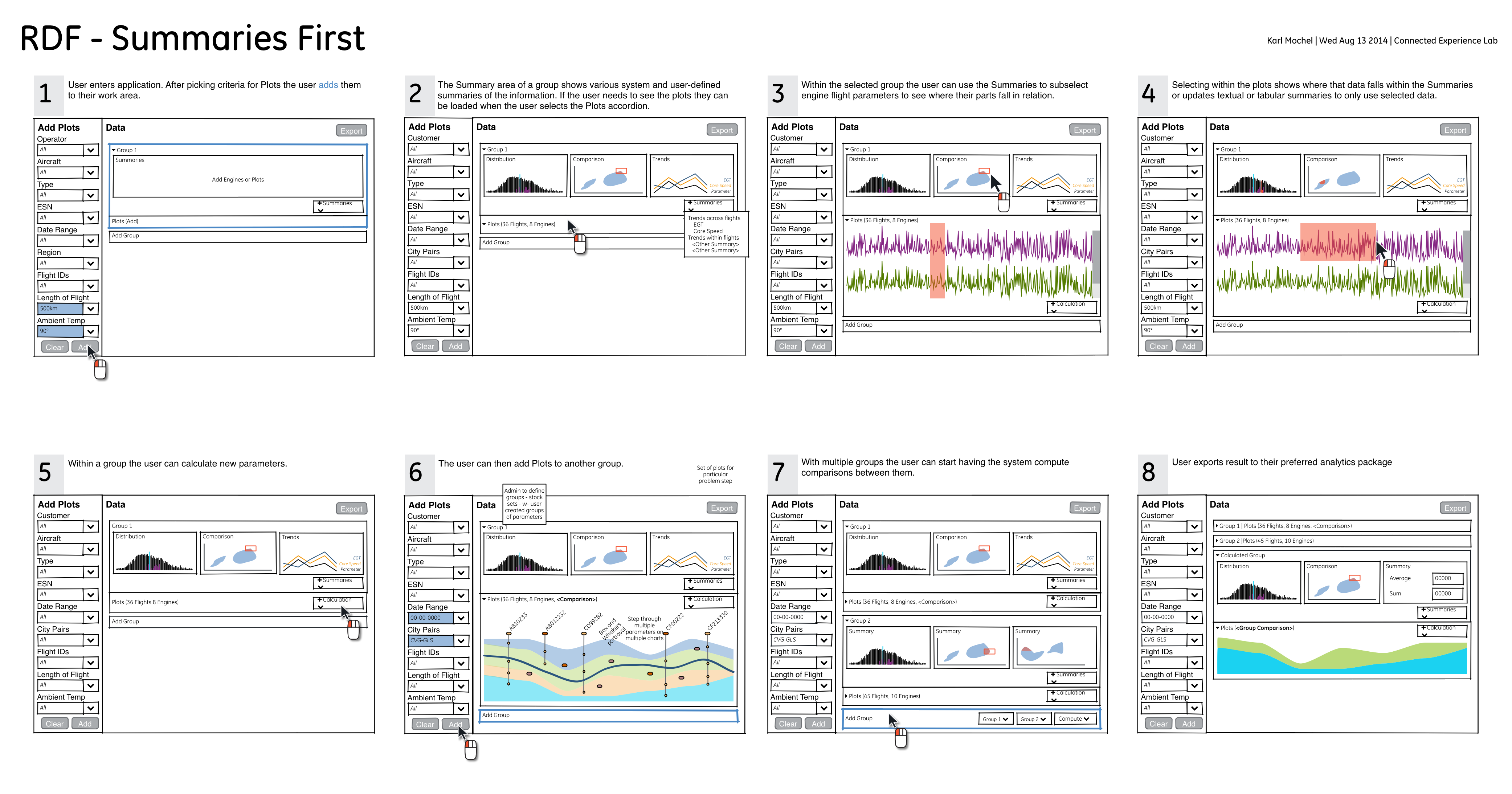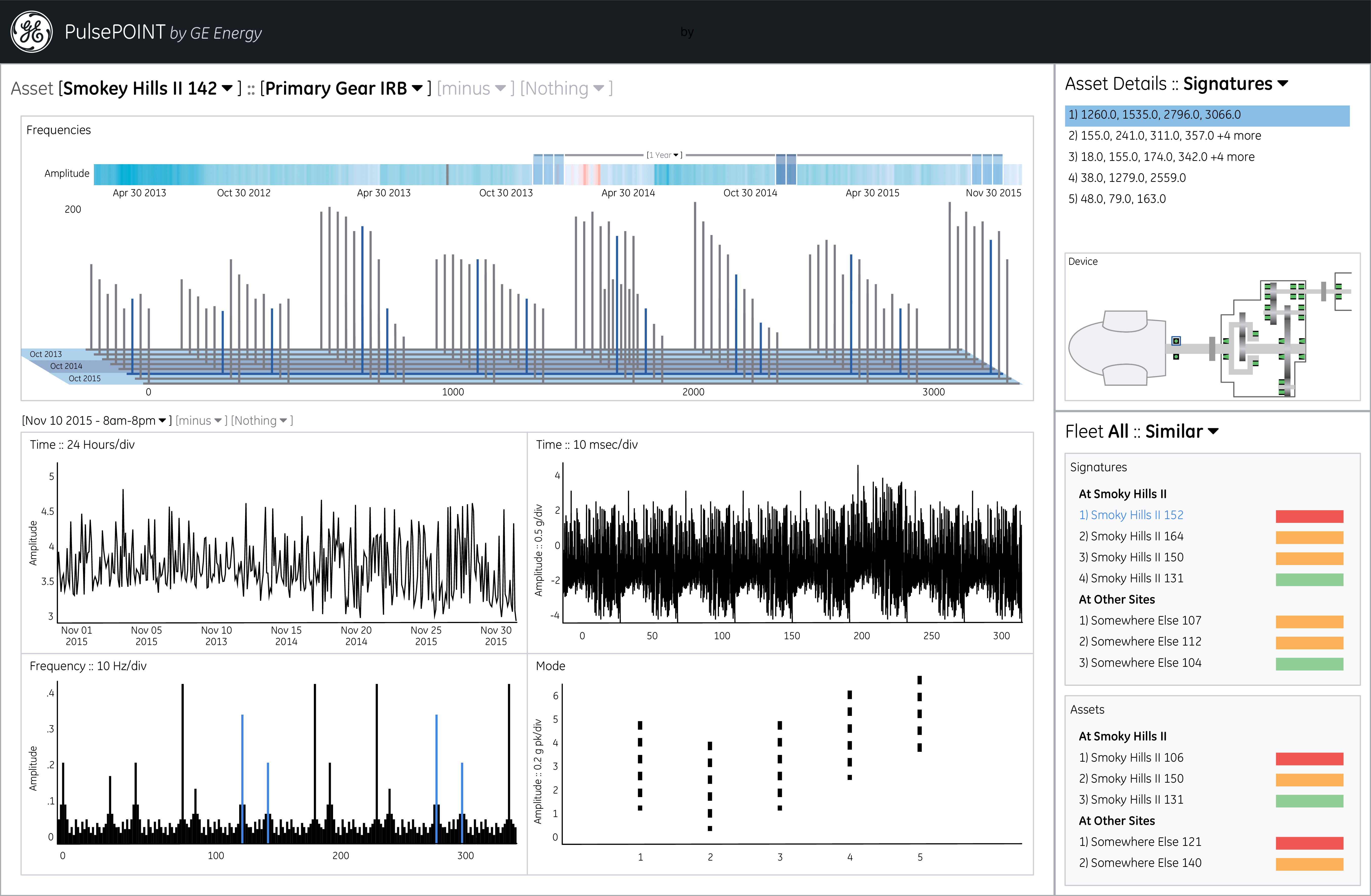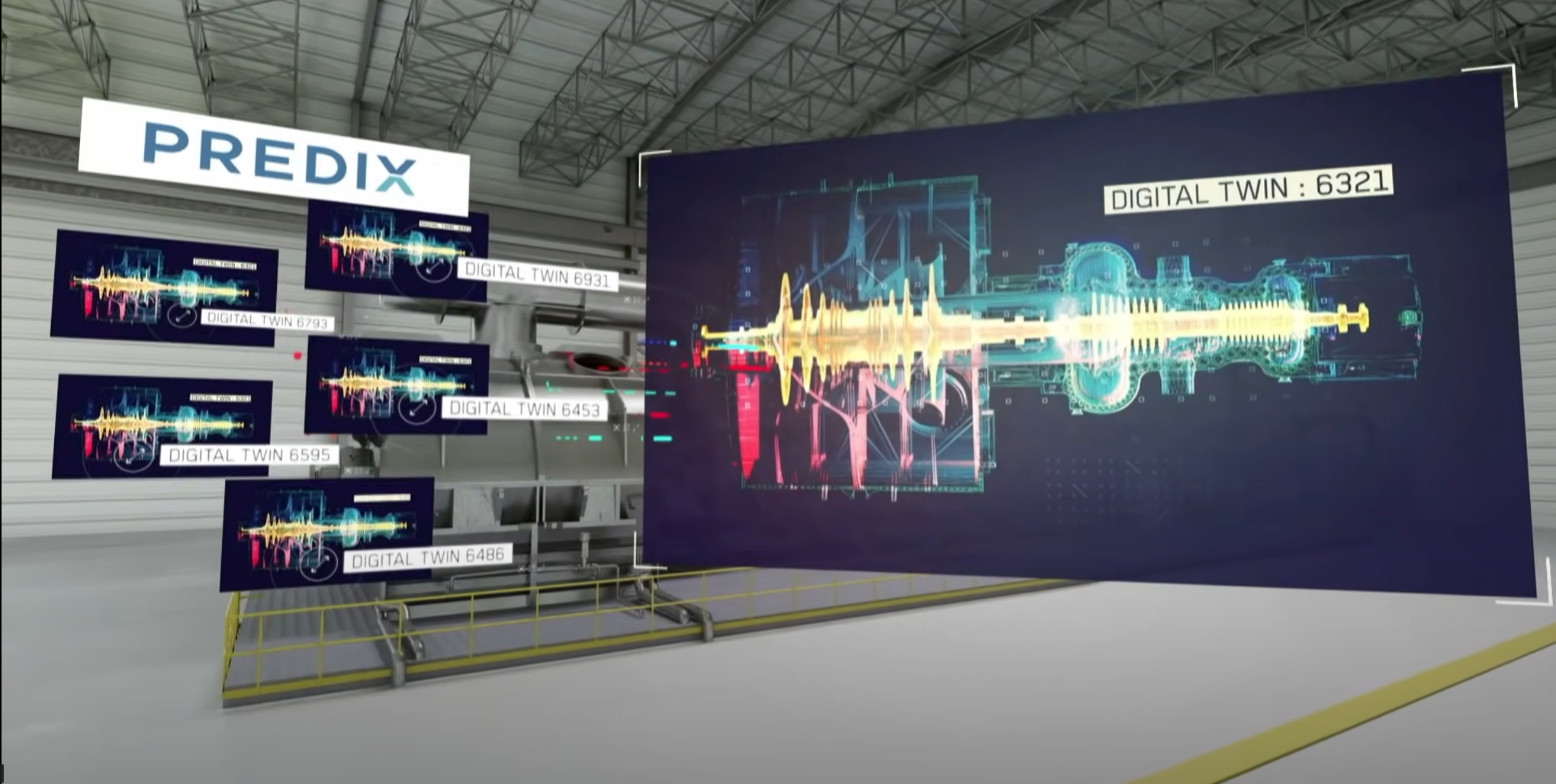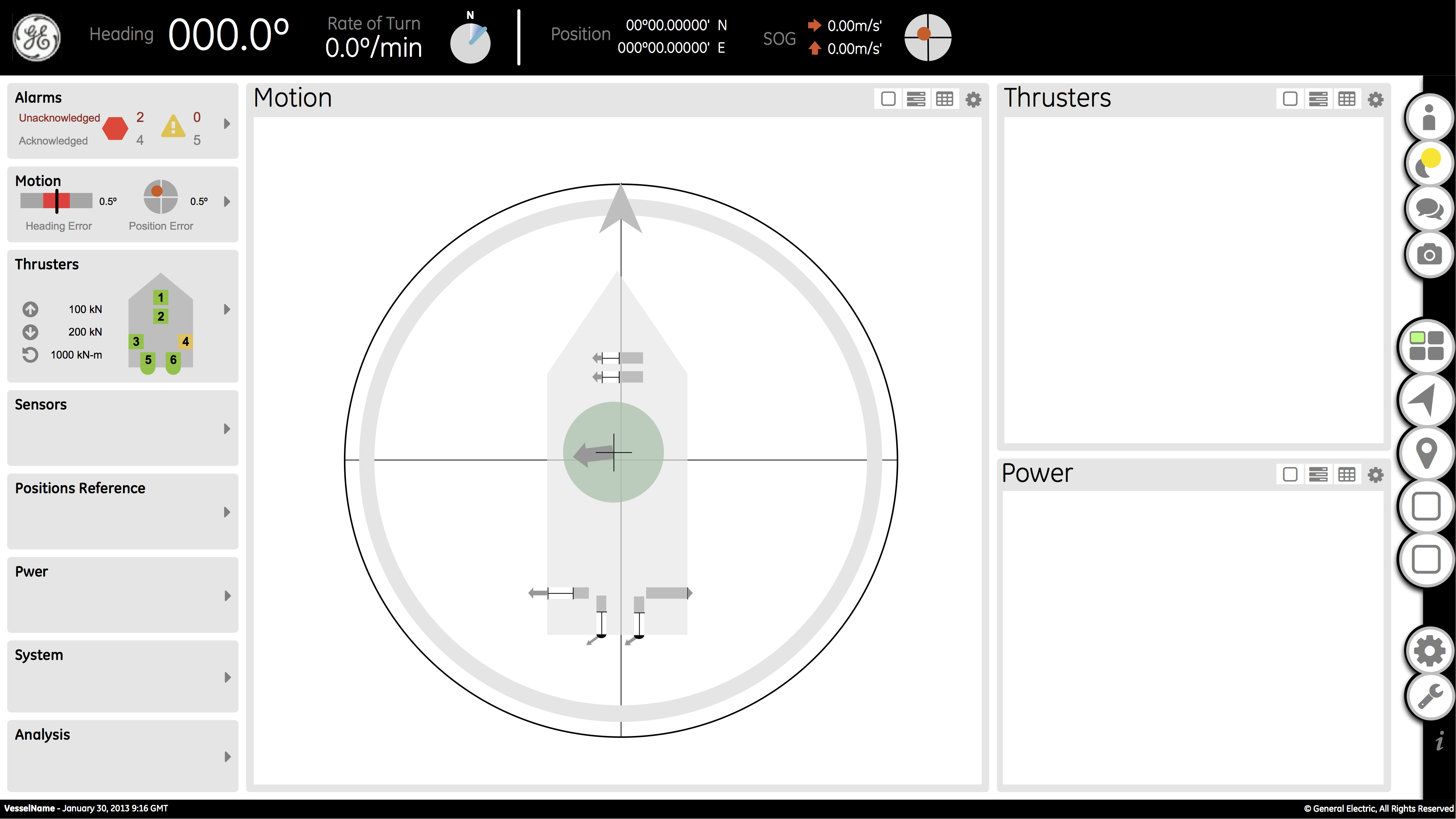AWEA (American Wind Energy Association) Conference Game
I found out the Energy division was looking for someone to help them build something to teach people the value of software running a windfarm. I created this storyboard and pitched the UX Research group building the experiences.
With my team of 4 developers from the UX Research group and the aid of FirstPerson consulting I led the build of the game. The result was played in these gaming chairs. The game used gestures sensed via a Kinect as the mechanism for players to interact with the game.
We also created games for iPads to go along with the data collection.
Genix
Global Research had built a tool for creating models, but it was difficult to use. I proposed integrating the functionality into an experience for building Digital Twins.
We won the funds to build the project and I led a team of developers and designers to build Genix, a tool to operationalize machine learning algorithms and physics protocols.
Rapid Data Forensics (RDF)
After doing user research across GE Aviation one of the tools we proposed was a visualization tool to do EDA (Exploratory Data Analysis) of engine fleets. RDF provides interactive visualizations that let users explore how different factors contribute to failure modes.
User research indicated one of the issues engineers had was understanding how engines performed over long periods of time. This visualization shows how engines performed over thousands of cycles (each time an engine is started till stopped)
The next stage of RDF would have been to move beyond EDA and show analytic summaries first to speed up the engineers research.
These learnings were then taken to other GE businesses. Here I designed an RDF-like tool for the wind energy group.
Other projects
For GE's introduction of Digital Twins I directed the production of this rendered introduction of the concept for a power plant.
